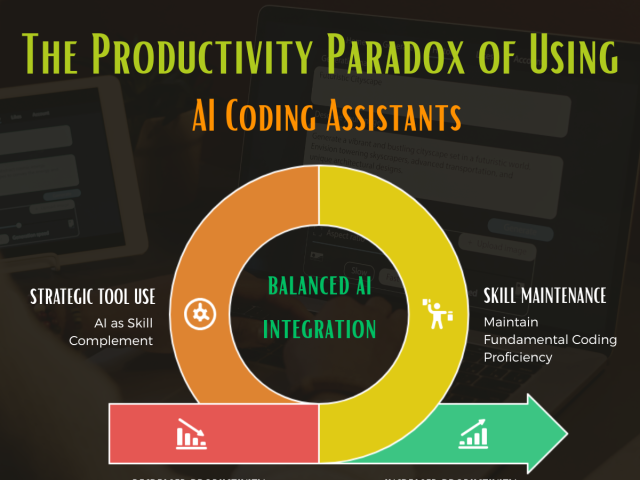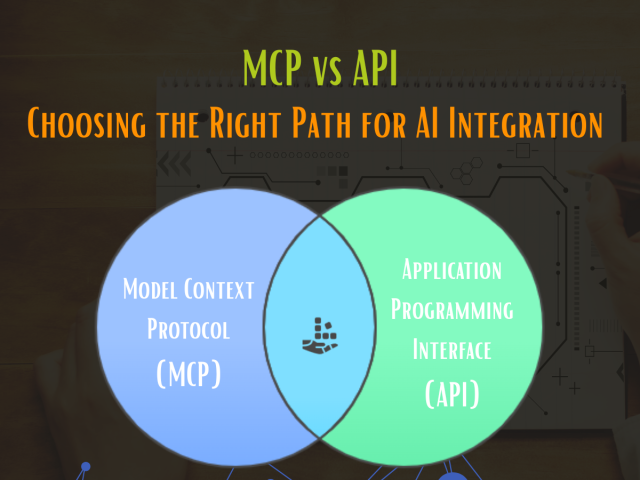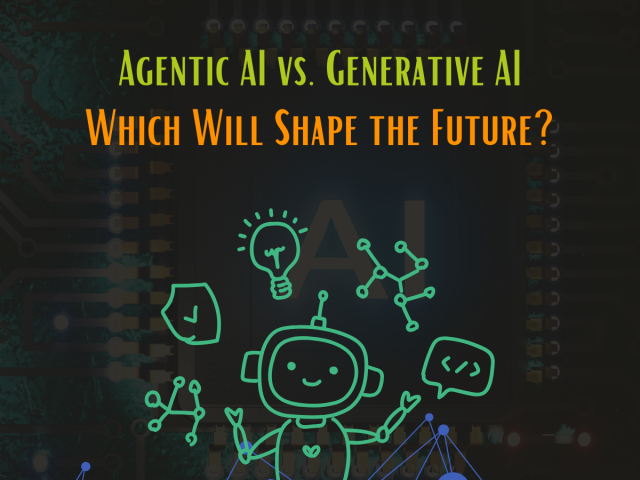In the realm of software development, innovation is the cornerstone of progress. One method that has proven highly effective in driving innovation is Hypothesis Driven Development. This approach is founded on a systematic process of observation, testing, and applied learning. It leverages the outcomes of previous experiments to inform and refine new ideas, making it a cornerstone of progress in the software industry.
In this blog, we will delve into the concept of Hypothesis Driven Development, exploring its significance and the compelling need for its adoption. We will examine how this approach addresses the challenges posed by rapidly changing technological landscapes, rising customer expectations, and fierce competition. Additionally, we will outline the framework and basis that underpin this method, providing a solid foundation for its implementation.

Need for Hypothesis Driven Development:
- Swift Feature Deployment:
- Expedited delivery of new features to users.
- Meeting Elevated Customer Expectations:
- Addressing heightened customer demands for superior solutions.
- Navigating Intense Competition:
- Maneuvering through a competitive landscape with a multitude of similar apps, emphasizing the need for quality enhancement.
- Transparent App Comparisons and Ratings:
- Open visibility of app comparisons and ratings, which directly impact user acquisition and retention.
- Agile Adaptation to Rapid Change:
- Traditional documentation and requirement analysis struggle to keep pace with the dynamic landscape of modern software development.
- Holistic Requirement Fulfillment:
- Ensuring alignment with business objectives, usability standards, and stakeholder expectations, transcending mere documentation.
- Enduring Solutions for Service Providers and Buyers:
- Meeting the imperative for robust, enduring solutions, benefiting both service providers and consumers.
- Accelerated Delivery through Hypothesis:
- Hypotheses serve as dynamic alternatives to traditional requirements, enabling swifter delivery.
- Fostering Value and Scalability:
- Adding value and fostering growth, facilitating business scalability.
- Mitigating Failure through Precise Alignment:
- Identifying and eliminating mismatches between requirements and offerings to prevent failure.
- Goal Definition, Milestone Setting, and Measurement:
- Establishing clear objectives, setting milestones, and employing measurable metrics.
- Enhancing Clarity and Visibility:
- Providing clarity and visibility throughout the development process.
- Pioneering New Avenues in Software Development:
- Expanding horizons and exploring innovative approaches to software development.
- Minimizing Waste in Solution Creation:
- Preventing the development of superfluous or inefficient solutions.
- Infusing Reliability through Scientific Methods:
- Implementing proven scientific methodologies to instill reliability in software development.
- Uninterrupted, Continuous Feature Delivery:
- Ensuring a seamless flow of feature releases.
- Agile Modification Based on User Response:
- Adapting features based on user feedback and scheduling re-releases accordingly.
- Catalyzing Innovation through Simplicity:
- Accelerating innovation by offering straightforward solutions to complex challenges.
- Continual Hypothesis Generation:
- Encouraging a continuous process of formulating and testing new hypotheses.
- Cultivating Trust through Organizational Change:
- Instigating organizational shifts that foster trust and confidence.
- Strengthened Team Dynamics and Communication:
- Promoting enhanced teamwork and communication among developers.
- Blueprint for New Business Models:
- Facilitating the creation of innovative business models.
- Multifaceted Hypothesis Building:
- Enabling the formulation and testing of multiple hypotheses.
- Rigorous Hypothesis Management:
- Monitoring the stages of experiment preparation and active validation to gauge outcomes.
- User-Centric Focus over Developer Assumptions:
- Prioritizing user satisfaction over developer beliefs, leading to refined solutions.
- Methodical Implementation with Proven Practices:
- Employing tried-and-tested methodologies for incremental hypothesis execution, setting industry benchmarks.
- Scientific Insight for Long-Term Success:
- Leveraging a scientific approach to software development for enduring and impactful results.
Basis for Hypothesis Driven Development:
- Every opportunity is a learning opportunity
- Assemble data to validate the hypothesis
- Understand the user and the way they use certain software
- Refine the ideas that once seemed wonderful
- Brilliant use customer feedback to inculcate learning
- Making use of user stories as inspiration in product development
- Form the hypothesis that is flexible
- Test heading towards improvement, discover new possibilities
- Create a culture of operating by utilizing the hypothesis from the knowledge base
- Footing towards measuring what matters, define actionable metrics
- Run and evaluate a defined hypothesis
- Accept or reject the hypothesis
Is practicing Hypothesis Driven Development difficult?
Not if the metrics are established, criteria of success and failure are set, how you make decisions, clarity on why are you experimenting, the usability of feature to judge the need and precise use. If your highest priority is customer satisfaction, you will select the Hypothesis Driven Development method and deliver value enclosed software solutions.
Eliminate the barriers between the sales, customer representatives, and developers with transparency and added levels of inspection. The series of experiments allows you to gather feedback and improve immediately. Awareness of pitfalls and succeeding codes in an organized system for research makes the hypothesis better. At times, when the hypothesis fails to prove, we are still left with valuable insights.
Hypothesis Framework:
Traditional and Behaviour Driven Development both have failed to a great extent due to their limitations of goal setting and delivering benefits. Hypothesis includes the proven steps to achieve the desired outcome.
A structure that supports the Hypothesis Driven Development is belief, outcome and measurable. It lets you define the test capability of the product or service by identifying the functionality we will develop to test the hypothesis, expected outcome of the experiment, and the signals that confide the capability.
Hypothesis-driven development lights up progressive exposure
When we combine hypothesis-driven development with progressive exposure strategies, we can vertically slice our solution, incrementally delivering on our long-term vision. With each slice, we progressively expose experiments, enable features that delight our users and hide those that did not make the cut.
But there is more. When we embrace hypothesis-driven development, we can learn how technology works together, or not, and what our customers need and want. We also complement the test-driven development (TDD) principle. TDD encourages us to write the test first (hypothesis), then confirm our features are correct (experiment), and succeed or fail the test (evaluate). It is all about quality and delighting our users, as outlined in principles 1, 3, and 7 of the Agile Manifesto.
Examples of Hypothesis Driven Development (HDD):
Example 1:
Problem Statement: Our team observed the hotel website is updated, the content is up to the mark and relevant, the services and feedback are good still the online registrations are lesser compared to walk-ins.
Missing Element: We found the images on the website are insufficient, unclear, and not the latest. In addition, its size and quality is an issue.
HDD Statement:
- Required Action: Replacing existing images with quality images, large and add noticeable images on the booking page balanced to combine with the content
- Expected Outcome: Improved customer engagement, easy search, establishing relationships with the content and higher conversion
- Experiment Criteria: When we see, about 8% increase in booking from site visitors who review the improved website and hotel images then complete the booking in 2 days as a measurable signal
Example 2:
Problem Statement: Our team created a landing page to encourage customers to try our new mobile app. Visitors on the page check the details yet do not download and visit other pages without leaving any comment.
Missing Element: Multiple links to download the mobile app is confusing, there are broken links, and the page design is not appealing.
HDD Statement:
- Required Action: Replace existing links, redesigning the page, add the feedback section for not downloading the app in spite of spending time on the page and improving the display
- Expected Outcome: Increased number of mobile app downloads, more mobile app users and gather customer feedback
- Experiment Criteria: When we see an increase in clicks on mobile app link of Google Play and other links from the site, 3% customers opt for paid premium features and we have no complaints on the functioning of the links as a measurable signal
Example 3:
Problem statement: Our team found that traffic from social media sites is negligible on our event management company website, even when our existing customers and target/ prospects are active online.
Missing Element: The content on social media did not have any backlinks to our website, the pages which were linked no more exists or are modified when company website was upgraded and our content was not easy to share on other platforms.
HDD Statement:
- Required Action: Adding correct back links, allowing easy share for the content, and making our social media page interesting
- Expected Outcome: Increased activity of our customer’s on social media platforms, frequent sharing of content to rise sales and help in branding
- Experiment Criteria: When we see traffic from social media has increased by 5% and an increase in bookings by 2% in a month as a measurable signal.
Experiment Criteria defines the success and relates to the hypothesis and its strong concept that results in better execution in developing new or updating existing software.
Conclusion
Hypothesis Driven Development is the catalyst for progress in software development. By leveraging past experiments, it refines ideas and accelerates innovation. This approach is crucial for meeting evolving customer expectations, outperforming competitors, and delivering enduring solutions. Embracing it ensures accountability, purpose, and high standards, making it an indispensable tool for software engineering.




